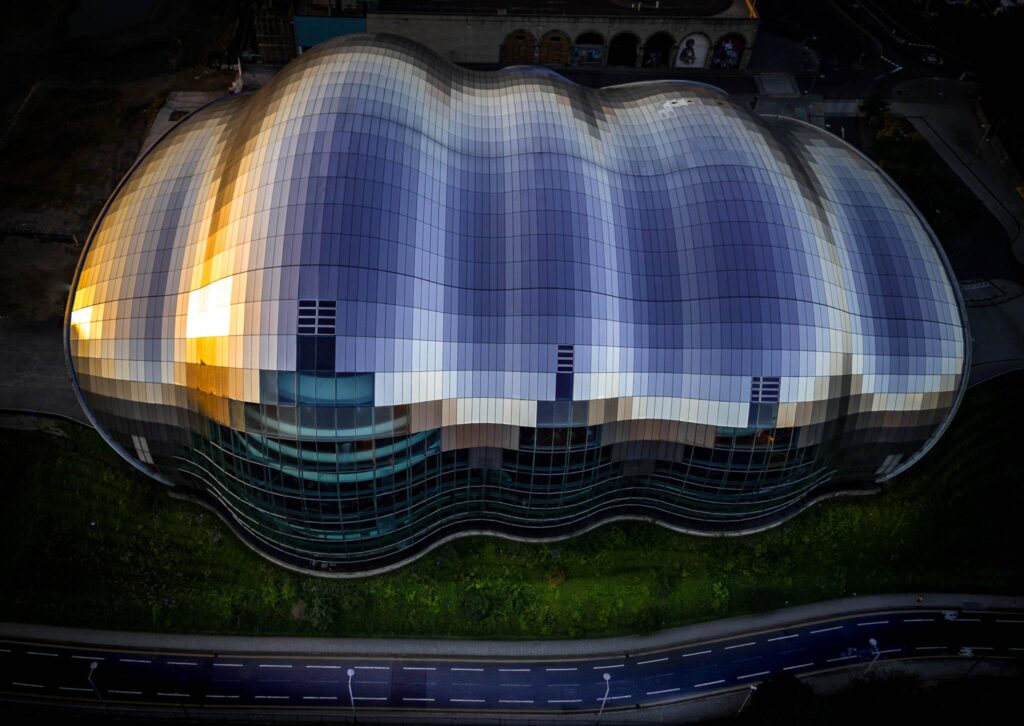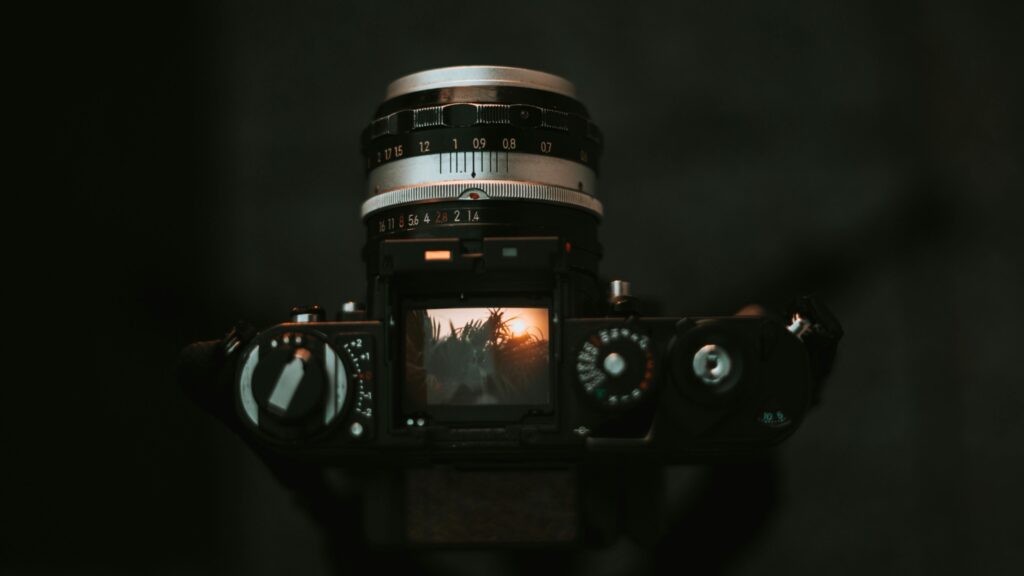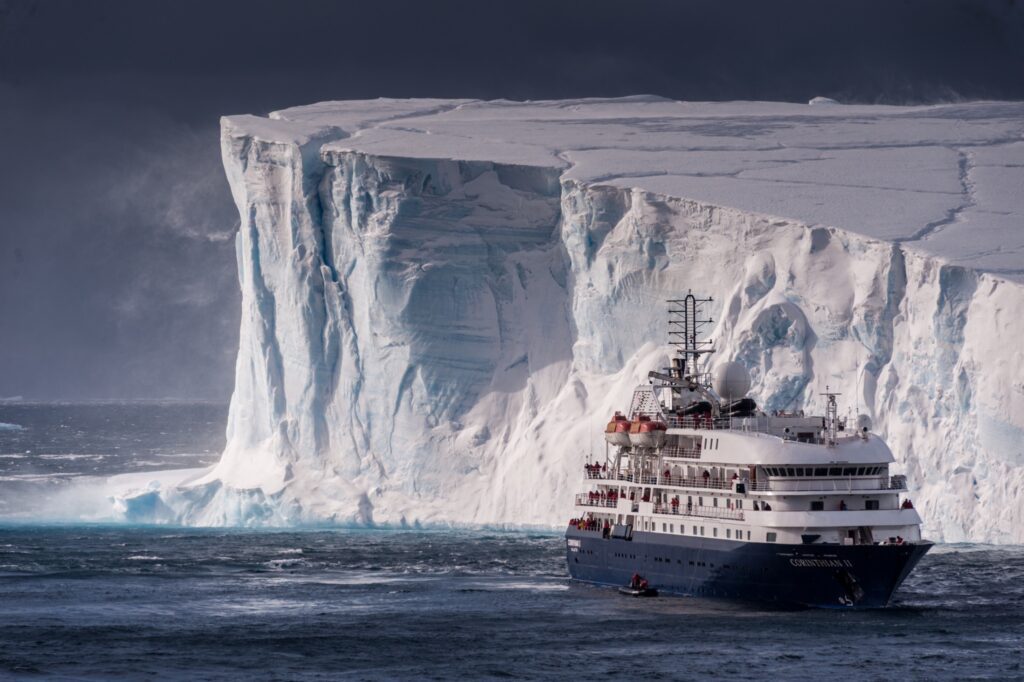Organizing Chaos In Travel Photography With These Great Travel Photography Tips
Come on photographers, admit it, we all love taking our camera gear abroad and really get “using it”!
Fancy learning some travel photography tips and tricks?
Then let's look at my take on what it means to be a travel photographer: the stark realities, memorable highlights and everything in between…
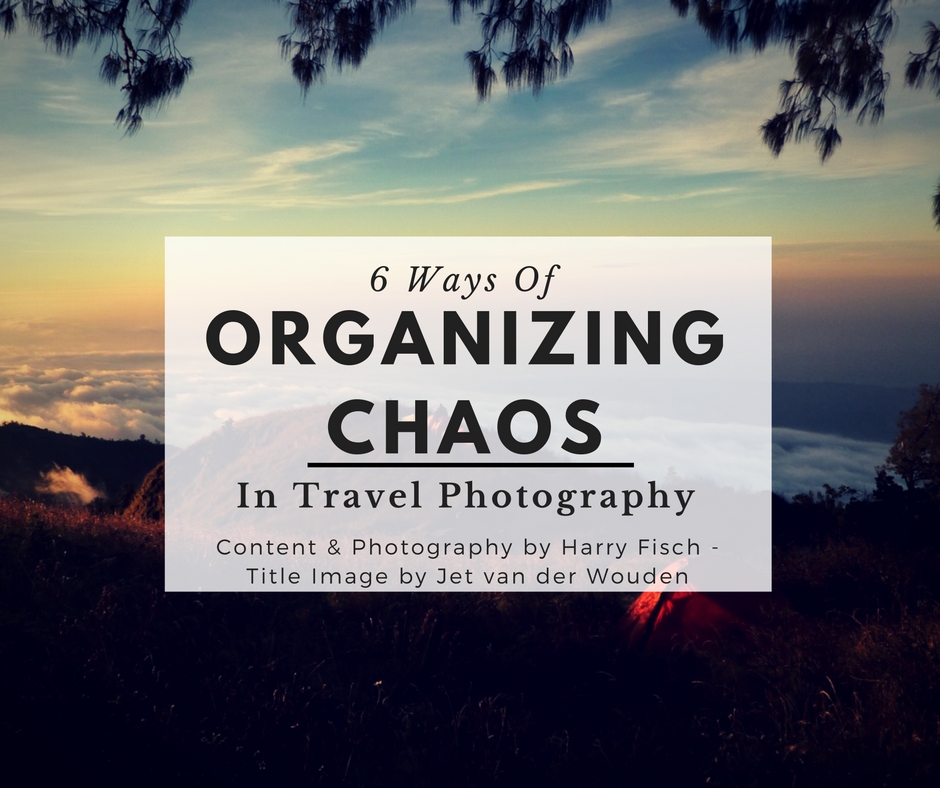
Photography Can Be Chaotic
In situations which are nothing more than “chaos”, the best you can be is patient and calm, and willing to invest time.
I am a travel photographer so I rarely, if ever, photograph in a studio.
My subjects are almost never posed either, so I have to undergo a complicated process of moving them or myself before that elusive magic moment escapes me.
Posing Your Subjects…?
Nah – Who Needs A Studio Anyway…
It’s all too easy to wind up with absurd or unnatural looking positions in posed shots, so I prefer my people in situ as it were. The space a person occupies, and how they occupy it (be it using positive or negative space, etc), and the attitude they convey, is key in evoking the right response from your audience.
Their physical space is important, but also how they are relative to what is going on around them. Everything else comes second to this.
Though this leads me to another complication; without a studio, I never find anything where it should be. Not light, the characters, or any of my props… they are all too mobile and things always gravitate towards chaos – it gets quite complicated.
Therefore, the best I can do as the photographer is try to order that chaos a little bit. So you need to learn to work with what exists, the light you have is the light you have, the items in view are what you have to work with.
Word of warning – be careful not to hang your hopes on any of those too much, they could change at any moment.
Just sayin'.
Your Hero Awaits
The points stated above demonstrate why it’s critical to understand the role of your hero, your protagonist, and focus on them.
They are the thing that remains in the scene, no matter how the rest of it changes – i.e. the constant variable.
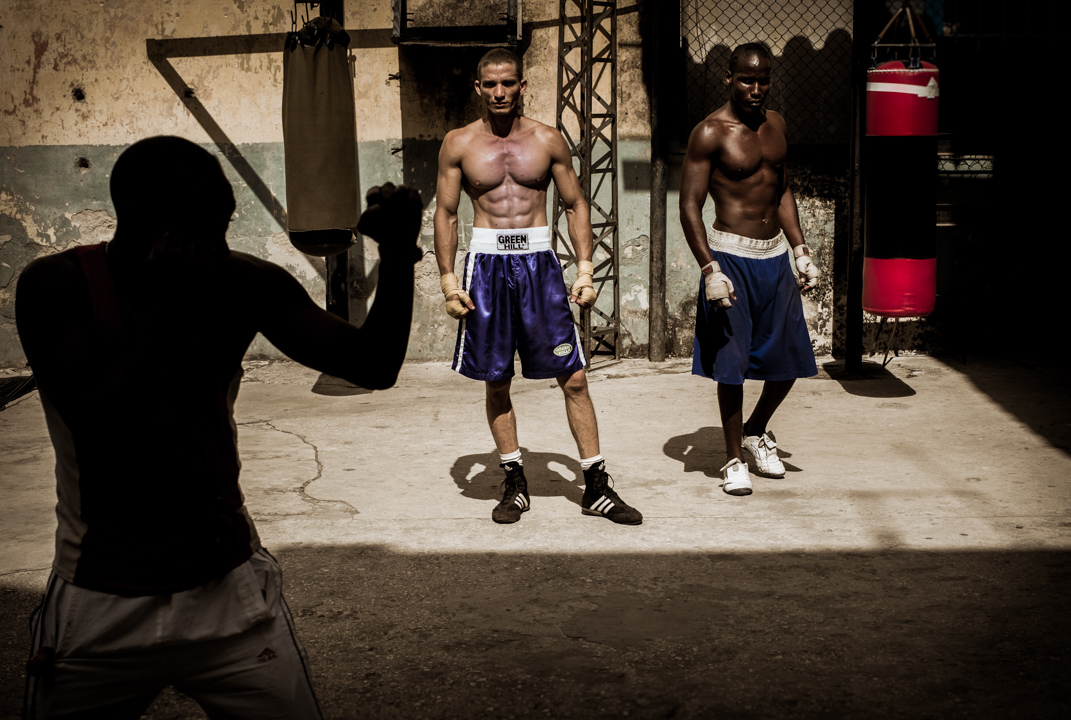
How To Order Elements Of A Scene
First tip: how the people and elements of your scene relate to each other is fundamental.
But, when shooting in a situation where your elements are basically uncontrollable, the best thing you can be is patient and calm, and the second best thing you can do is take your time.
Why? Because it can take longer than expected to understand what’s unfolding in front of you, observe the scenario, and see how people are moving within it.
If I had to condense my process into six bullet points, this would certainly be it:
1. Curiosity
There are a few times where I know going into it I want something specific, but nine times out of ten it’s my own curiosity that leads me somewhere or has me take interest in a person or scene.
I take a few moments to see if it’s a passing fancy, and if not, I decide I’m going to invest the time, and I start looking for the heart of my photograph.
2. Analyzing The Light – Where Is It?
This is one of the harder parts because it could be changing over the course of the session. So I need to carefully check out:
- Where the light is coming from, and towards what,
- How does it play on the elements of the scene?
- Where is the contrast?
- Does the like mold easily into shadows or are there stark divides?
- Is the light itself harsh or soft?
- Is lateral light going to create silhouettes? etc, etc.

3. The Lines
I start looking for geometric elements too, as these lines are what will draw the audience’s eye where and how I want. So, I look for extant patterns and repetitions.
If there is one, I take the time I need to see how things and people line up, and how I can use it to draw attention to my center of the piece.
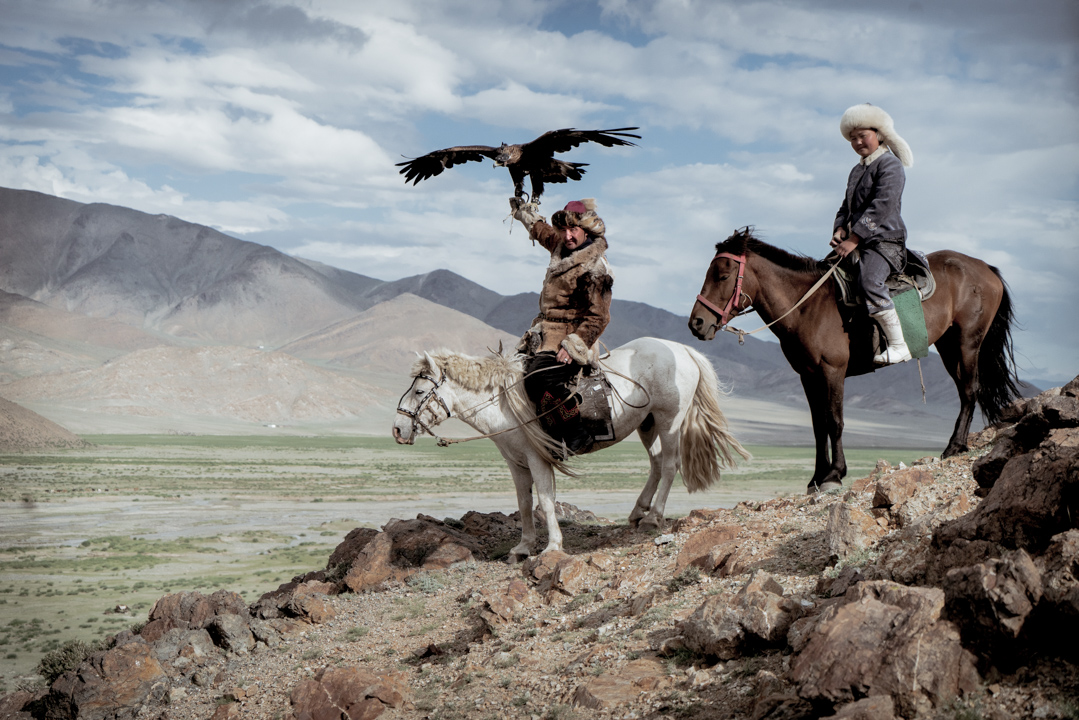
4. The Main Character’s Placement
Then I have to decide what point of view I’m going to adopt. I have to ask myself what my relation to this character is and how I see them? I cast this character from my point of view in one of several roles, which will define how I see them (and thus the audience), and interact with them.
They could be:
a). The hero of the scene,
b). A physical focal point, that all other scene elements relate to,
c). A point of introduction for something else, like a landscape or scene element,
d). Or someone who is not necessarily a hero but relates directly to me and the camera.

And of course, every photographer has their method of relating to the characters and presenting the scene.
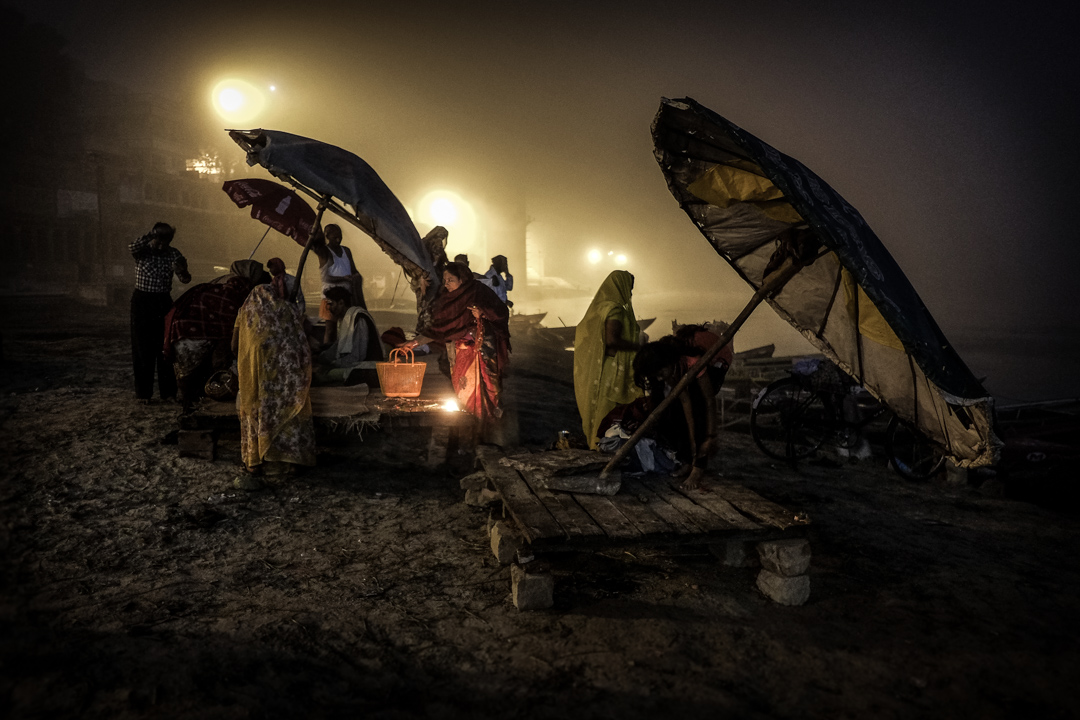
5. Movement Of People
It is important to watch how people are moving in your scene. If they are not only there for a moment and are, say, regulars at the locale you’ve chosen, then normally what I suggest is coming back over a few days of time span at different times of day to see how they move, and also how the light changes.
6. Decide your moment
Cartier Bresson’s famed ‘decisive moment’ is more than just waiting a beat before pushing the shutter button. We, every one of us, has had this happen; you think you have found it, you are ready to click the shot, and somehow within a tenth of a second your perfect photograph turns into a train wreck! Damn.
The only way to capture that decisive moment is to have patience and be calm. Remember, good things come to those who wait….
It may seem counterintuitive, but this will happen more often if you ignore the prep work needed for that magical tenth of a second. I can take hours and sometimes even days of waiting, observing, and patience. But you’ll get it in the end. What is important is what’s true.
Summary
Every photographer will focus on something different and have a different approach to tackling their photograph. The photograph will be taken through the lens of the taker, based on their experience, emotions, and personal interests.
What is near-universal though, at least in travel photography, is a sincere curiosity about other people, their lives, their cultures, as that is what we’re trying to capture. The most important thing is your spirit, not necessarily your technique with a camera.
When there's a balance and a harmony between the photographer, his subject, and the world around the camera, the photograph will capture that spark of life, that magic, more than any machine ever could.
Your Travel Photography Tips And Tricks – Top Takeaways
- Identify and understand the role of your hero – the central piece of the story.
- Look for light. Where is it? Where is it coming from and pointing towards? Is there a sufficient amount available at the time?
- Lines lead the viewer's eye and this helps to emphasize the focal point too – thus creating a better scene.
- The most important thing is your spirit, not necessarily your technique with a camera!
- Patience. This cannot be hacked, it is something you will learn and appreciate the more time you spend absorbing scenes and situations.
Further Resources
- 5 Common Mistakes of an Amateur Travel Photographer by Harry Fisch
- This is How Having Patience In Photography Will Get You Better Shots by Jason Row
- 7 Ideas For The Ultimate Photography Experience by Federico Alegria
Further Learning
Understanding Light is fundamental producing photos you can be proud of, which is why Photzy have laid this more advanced book out. Learn about discovering the secrets to controlling, manipulating and ‘reading’ light used by the professionals.
You’ll be amazed at the improvement to your photography!

